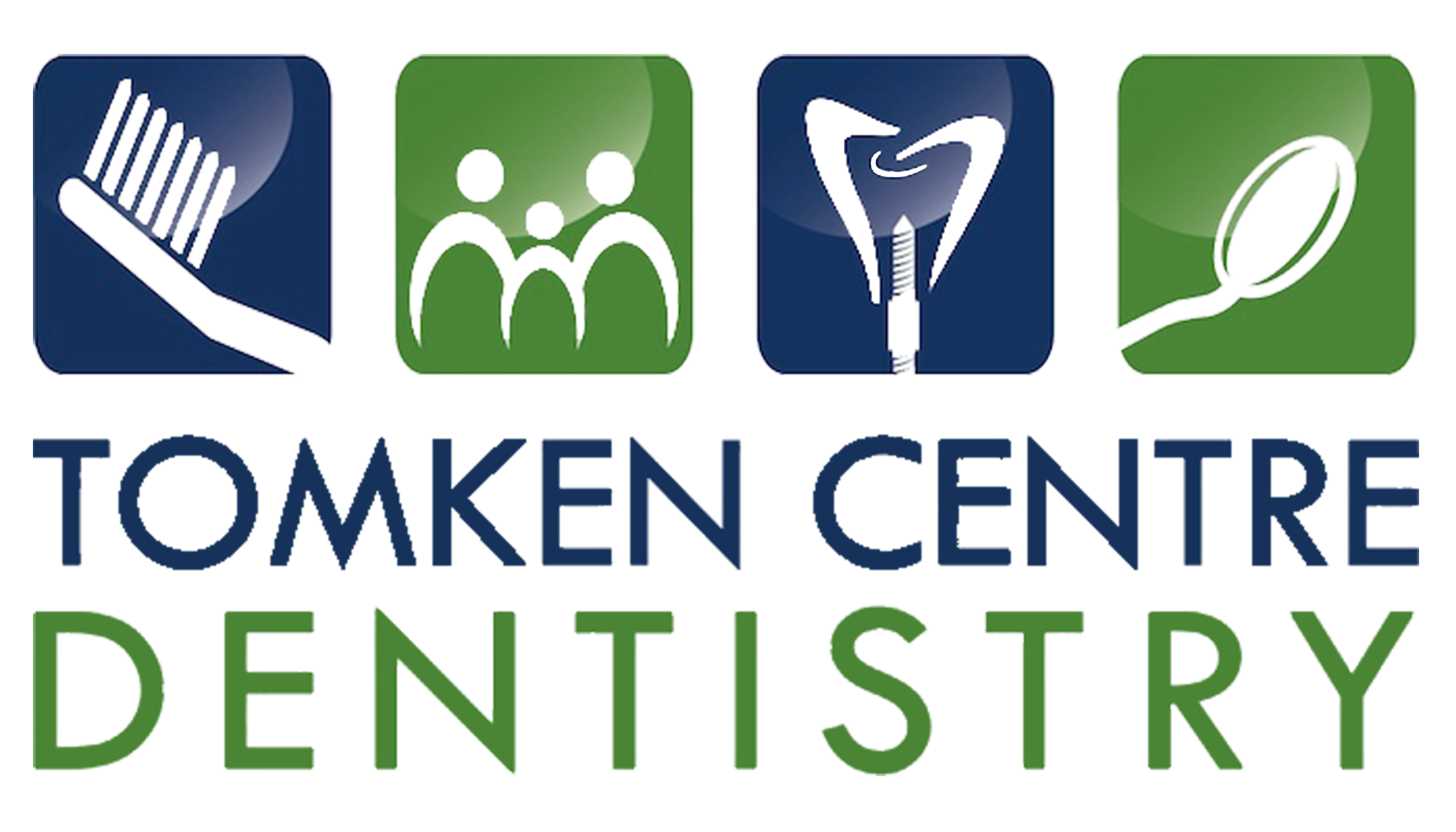Invisalign – Beyond the aesthetic benefits and why it should be your first choice.



You might have heard by now that Invisalign are clear aligner trays you replace every 2 weeks, to straighten your teeth. And while there is an obvious benefit in having invisible aligners, there’s a more important benefit you can get that we’ll discuss in this article, and we’ll also talk in more details about what Invisalign is and how it’s made.
In-detail about Invisalign
The Invisalign clear aligners are made from a transparent plastic called SmartTrack®, a patented material. The Invisalign company specifically designed this material to provide maximum comfort in the alignment process. It’s a food-grade material, and it doesn’t contain any BPA, BPS, Latex or Gluten.
Each Invisalign tray applies a small force on your teeth, gently nudging them into a pre-planned position for 7 to 14 days. After that, a new tray continues the work from there.


How it’s made
At your appointment – the dentist will use Invisalign’s iTero® scanner to take 3D images of your teeth. Then we’ll use the ClinCheck® computer software to visualize your teeth in their current position, we’ll design the end result of your smile and your bite, and then calculate the shift trajectory and distance of your teeth with each aligner tray. The data will then be sent to the Invisalign company, and they will 3D-print your trays using state-of-the-art technology.
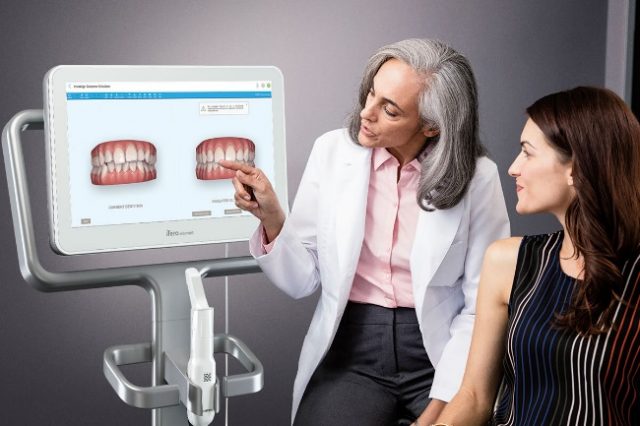
How the treatment will go
When the trays are done – they will be sent to our office, and we will provide you with one or two trays at a time (in intervals of about 4-6 weeks.) At every check-up when you come for the next trays – we verify if the shifting is going as planned to avoid unpleasant surprises down the road. Each tray shifts the teeth by about 0.25 to 0.33 millimeters (1/100 in), and is usually worn for about two weeks.
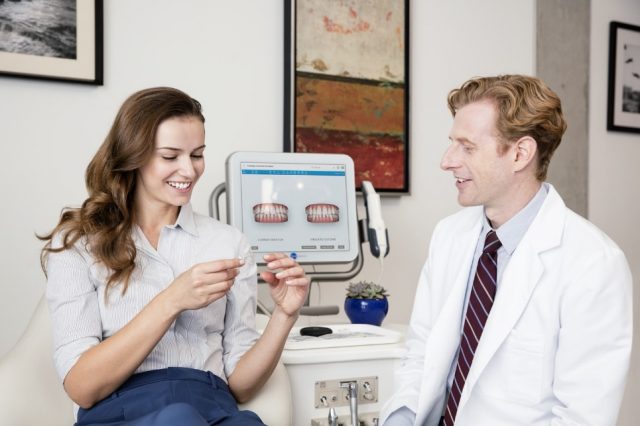
Beyond Aesthetics
The Invisalign trays are almost invisible, and it definitely makes a difference in how you feel and your self-consciousness. But where Invisalign truly is a wonder is that it is much less likely to sprout new dental problems, as it sometimes happens with braces.
Sometimes we hear stories from patients who have developed TMD after wearing braces. TMD stands for Temporomandibular Joint Disfunction, a condition that causes headaches, jaw pain, clicks and pops and more. It can happen as a result of teeth shifting too fast at one time, and is usually a lifetime condition with no permanent cure. A very small percentage of people are even prone to root re-absorption. Which means the roots of their teeth simply disappear due to the drastic shift, and they stand to completely lose those teeth in a few years after having braces.

To understand how Invisalign excels, let’s imagine the following example:
A tooth bent forward, needs to be rotated backwards by 10 degrees in a period of 20 months. With braces – the tooth will be rotated by an entire 2 degrees in a single procedure, assuming 1 procedure every 4 months.
With Invisalign, on the other hand, because you’d change one tray every 2 weeks – the tooth would rotate by 0.25 degrees every 2 weeks. Not only is the smoother rotation less painful, it also decreases the chance of developing TMD, root re-absorption or other problems later on.
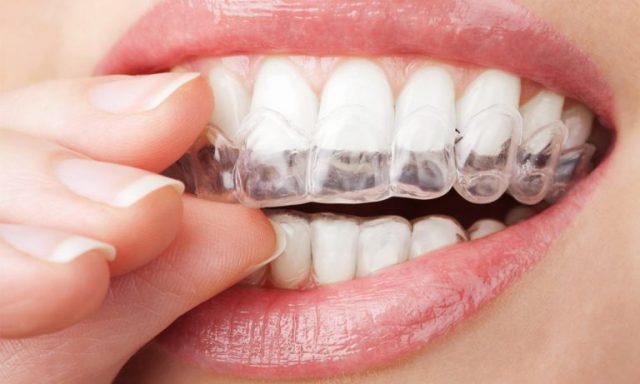
Invisalign is not always an option
Despite being less invasive and painful, in more serious cases Invisalign isn’t effective, and braces are the only way to go. Braces are still a safe treatment, and most people finish treatment without complications. If you have to get braces, we recommend taking the slower route, and shift your teeth in smaller increments to avoid negative side-effects.
But for suitable candidates – Invisalign should always be the first choice.
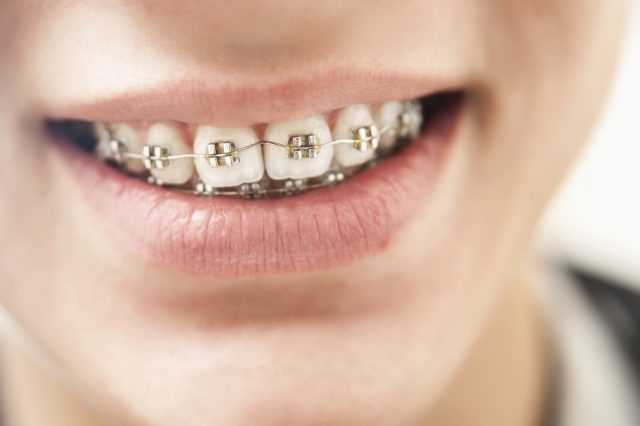

How Do I know if Invisalign is right for me?
Invisalign has been shown effective in mild to moderate cases. While the ultimate opinion should come from a checkup with a dentist – if your teeth are not severely misaligned – you are likely a promising candidate.
Other criteria to keep in mind:
For Invisalign to be effective – you must wear the trays at least 20-22 hours a day. You should only take them out when you eat, brush or floss, and when you’re cleaning the tray (which needs to be cleaned two times a day)
So ask yourself these questions:
- Will I wear the trays for 20-22 hours a day?
- Will I take care of them correctly?
- Do I dread having braces?
If the answer to these is “Yes” – then you have even more reasons to opt for Invisalign.
How much does it cost?
A complete Invisalign treatment can cost anywhere from $4000 CAD to $7,000+ CAD. The gap is because some people need only 10-12 trays to make minor adjustments, while other patients may need 25-30 trays to significantly change their smile.
Conclusion
To sum up, if your teeth are mildly or moderately misaligned – the safest way to straighten them is with Invisalign, which is easier to wear, less painful, and much more appealing. But only a dentist can say if Invisalign is right for you. If you’re in Mississauga, Ontario and are considering safe, Invisalign treatment – visit Tomken Dental for a thorough exam, or give us a call to clear any questions you may have.
